The Best Shark Dives In The Americas
Whether you are a new diver looking for your first shark encounter or a seasoned diver looking to dive with different species of sharks, the Americas are home to some of the world’s premier shark diving sites. From the cooler waters off the Californian coast to the epic shark diving in the Galapagos, North and South America throw up the chance to dive with a variety of different shark species in some stunning locations.
We are going to highlight the best shark diving opportunities in countries like Costa Rica, Mexico, and the USA, so you can plan your next shark diving adventure.
The Galapagos
For many scuba divers, the Galapagos is the ultimate dream destination. And if you are in search of sharks, the Galapagos will not disappoint. Around thirty different species of shark have been sighted in the waters of this world-renowned destination. Scalloped hammerheads, whale sharks, white and black-tipped reef sharks, tiger sharks, and the eponymously named Galapagos sharks are all regular visitors.

Marine biologists from the Charles Darwin Research Station (CDRS) and the National Geographic Society published a study in 2016 regarding shark populations within the Galapagos Islands’ waters. Their report suggests that the northern Galapagos Islands of Wolf and Darwin are home to the world’s largest shark biomass. In simple terms, they are the sharkiest dive sites on the planet.
Large schools of scalloped hammerheads and huge individual whale shark sightings are the highlights of diving around Wolf and Darwin, while healthy numbers of Galapagos sharks are also present. The only downsides of these iconic islands are that they are pretty remote (only accessible via liveaboard) and that the conditions are not ideal for less experienced divers.
The waters around Wolf and Darwin are prone to strong currents and choppy surface conditions, and the water temperatures are in the low 20 °C. For experienced divers, however, the Galapagos is the Holy Grail of shark diving.
The Bahamas
If you’re dreaming of idyllic desert islands and scuba diving with sharks, the Bahamas could be just what you’re looking for. Tiger Beach on Grand Bahama is famed for its tiger shark population, while Bimini is legendary for its great hammerheads between the months of December and April.
The tiger sharks and the hammerhead may grab all the headlines, but the waters surrounding the islands of the Bahamas are also home to healthy populations of other shark species, including reef sharks, lemon sharks, nurse sharks, and bull sharks.
Tiger Beach is located on the western edge of the Little Bahama Bank and earned its moniker around twenty years ago due to its consistently good tiger shark diving. There is no beach at Tiger Beach though; the name refers to a shallow area of reef where the sand is particularly white and beach-like, but it’s submerged 45 feet below the surface.
While it offers one of the best opportunities to dive with tiger sharks in the world, the waters in this area are also populated with dolphins as well as lemon sharks, and the occasional bull shark or great hammerhead.
Bimini is the westernmost district of the Bahamas and is a mere fifty miles off the coast of Florida. Tiger sharks, reef sharks, lemon sharks, nurse sharks, and bull sharks can be spotted throughout the year, but if you want to catch a glimpse of the great hammerheads, you should aim to visit between December and April.

The Bahamas sits atop the world’s third-largest barrier reef, the Andros Barrier Reef, and aside from the sharks, diving here offers fantastic visibility and shipwrecks, walls, caves, and blue holes to explore.
Mexico
Mexico’s east coast is lapped by the gentle Caribbean Sea in the south and the Gulf of Mexico in the north, whilst its west coast faces the might of the Pacific Ocean. Its Pacific coast presents opportunities to dive with great white sharks at Isla Guadalupe and farther south with whale sharks, schooling hammerheads, and silky sharks. Whilst the Caribbean coast of the Yucatan Peninsula can deliver some epic bull shark dives near Playa del Carmen and the island of Cozumel.
Isla Guadalupe is surrounded by clear, blue water and is one of the best places in the world to see great white sharks in their natural environment. The best season for great white shark diving is between mid-July and early November. The island is a breeding site for Guadalupe fur seals, and the shark dives are conducted in cages.
Isla Socorro is a small volcanic island in the Revillagigedo Islands, lying 600 kilometers off Mexico’s western coast, a little under 1,000 kilometers south of Guadalupe. Socorro is famed for its excellent manta ray encounters, but the waters also play host to a number of different species of shark. Whale sharks pass through the area, and shark-loving divers can also be rewarded with sightings of hammerheads and silky sharks.

If the Caribbean Sea is calling you, head to Playa del Carmen and Cozumel between late November and early March for some sharky dives. This is bull shark season, and you can be in the water with six to ten individual sharks. If you prefer your sharks to be bigger and spottier, head up the coast to Cancun and visit Isla Mujeres. From June to September, large numbers of whale sharks congregate just north of Isla Mujeres to feed in the plankton-rich waters at the convergence of the Gulf of Mexico and the Caribbean Sea. To protect these large sharks, diving is not allowed, but you can snorkel next to these gentle giants.
Related Content: Dive and Travel: Puerto Vallarta
Cocos Islands
The only way to reach the amazing dive sites of the Cocos Islands is by liveaboard. Liveaboards leave from the port city of Puntarenas in Costa Rica, and it takes up to 36 hours to reach the remote Cocos Islands. Liveaboard trips usually last for at least 8 to 10 days, and guests are rewarded with some excellent shark action.

The Cocos Islands are comprised of 27 uncommercialized coral islands that form two atolls with turquoise blue waters and beautiful white sandy beaches. Sharks, manta rays, dolphins, tuna, and turtles patrol the waters, and the diving is vaunted as some of the best in the world. The islands are a UNESCO World Heritage Site and are great for spotting schooling hammerheads, silky sharks, white-tipped reef sharks, and occasional whale sharks.
For an idea of how healthy the shark populations are at the Cocos Islands, check out the BBC’s Blue Planet series, which featured some amazing footage of a group of white-tipped reef sharks feeding at night.
Honorable Mentions
Cuba
Jardines de la Reina, which translates as “Gardens of the Queen,” is an archipelago in the southern area of Cuba. In 1996, a marine reserve was established, covering a large swath of the archipelago, and in 2010, Jardines de la Reina was established as a national park. The water is very clear, and every dive will reward you with close encounters with dozens of sharks for the entire dive. The silky and Caribbean reef sharks in the area are not shy, and it’s a great opportunity for shark photographers to get some stunning close-up shots.
The US
The United States can also boast some excellent shark dives. The Californian coast in the west and the coastal waters around Florida in the east are two such shark diving locations. San Diego’s seaside neighborhood of La Jolla is a famous hangout for leopard sharks. The leopard sharks visit La Jolla Shores in their largest numbers from early June through the end of October, when thousands of them show up for their mating season.
Florida’s east coast is another excellent shark diving location within the US. The area near West Palm Beach and Jupiter offers the chance to dive with a large array of shark species, including tiger, great hammerhead, scalloped hammerhead, bull, dusky, silky, lemon, sandbar, spinner, blacktip, and the impressive mako.
Our Final Thoughts
Very few creatures on the planet have captured the imagination in the way that sharks have. From Jaws-induced fear to encounter-inspired awe, few animals on the planet get the attention that our cartilaginous chums receive. Diving next to sharks is a privilege, and a trip to any of these splendid locations will leave you regaling friends with sharky tales for many a month. The key to a successful shark trip is to get your timing right. Pay attention to when the best season is for the sharks you would like to see, book your tickets, and be prepared to be mesmerized by these stunning creatures.
Don’t forget to check our post on the Best Shark dives in Asia.
Disclosure: This post may contain affiliate links, which means that DIVEMONDO may receive a small commission if you make a purchase using these links. As an Amazon Associate this website earn from qualifying purchases.

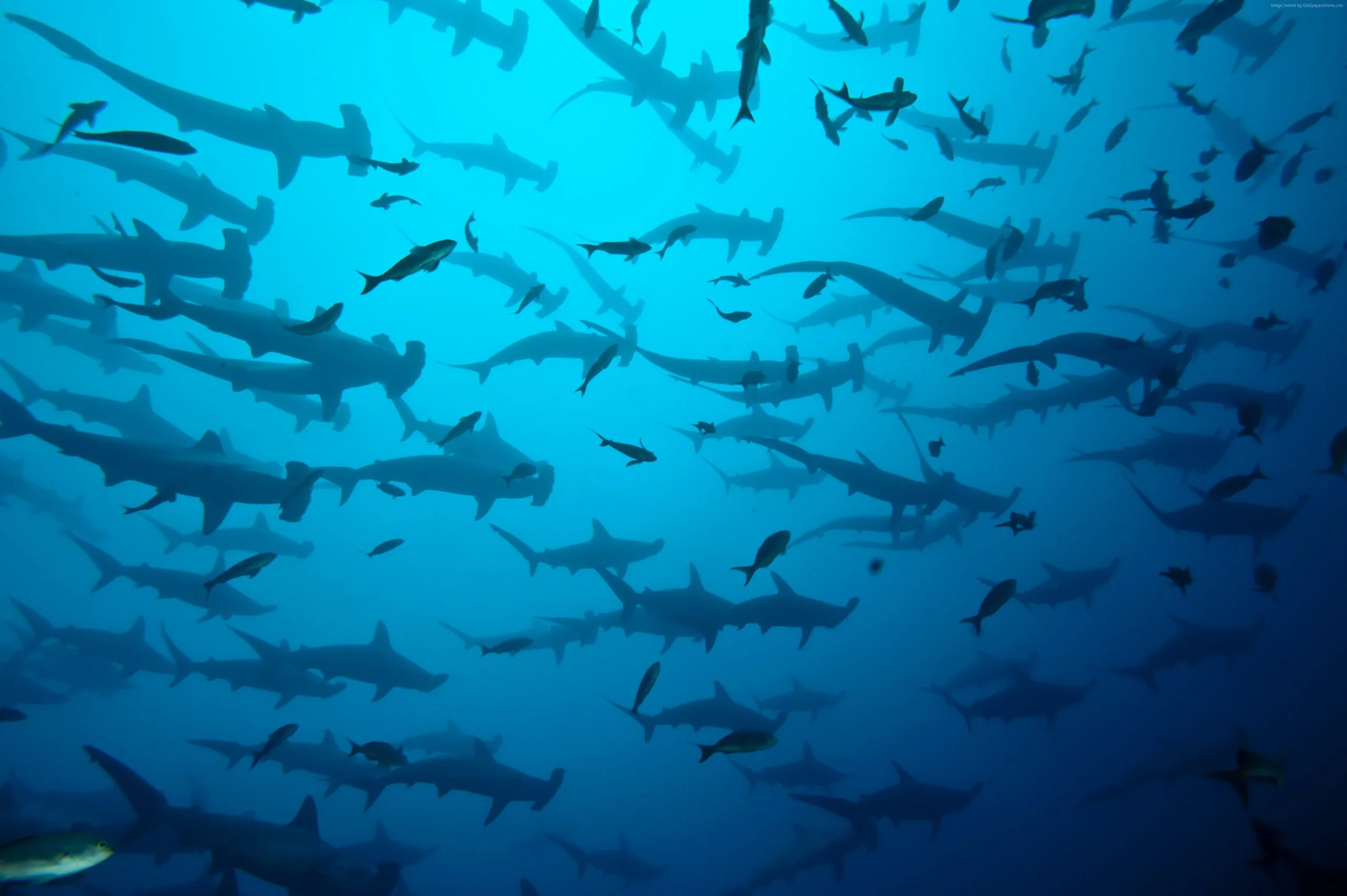
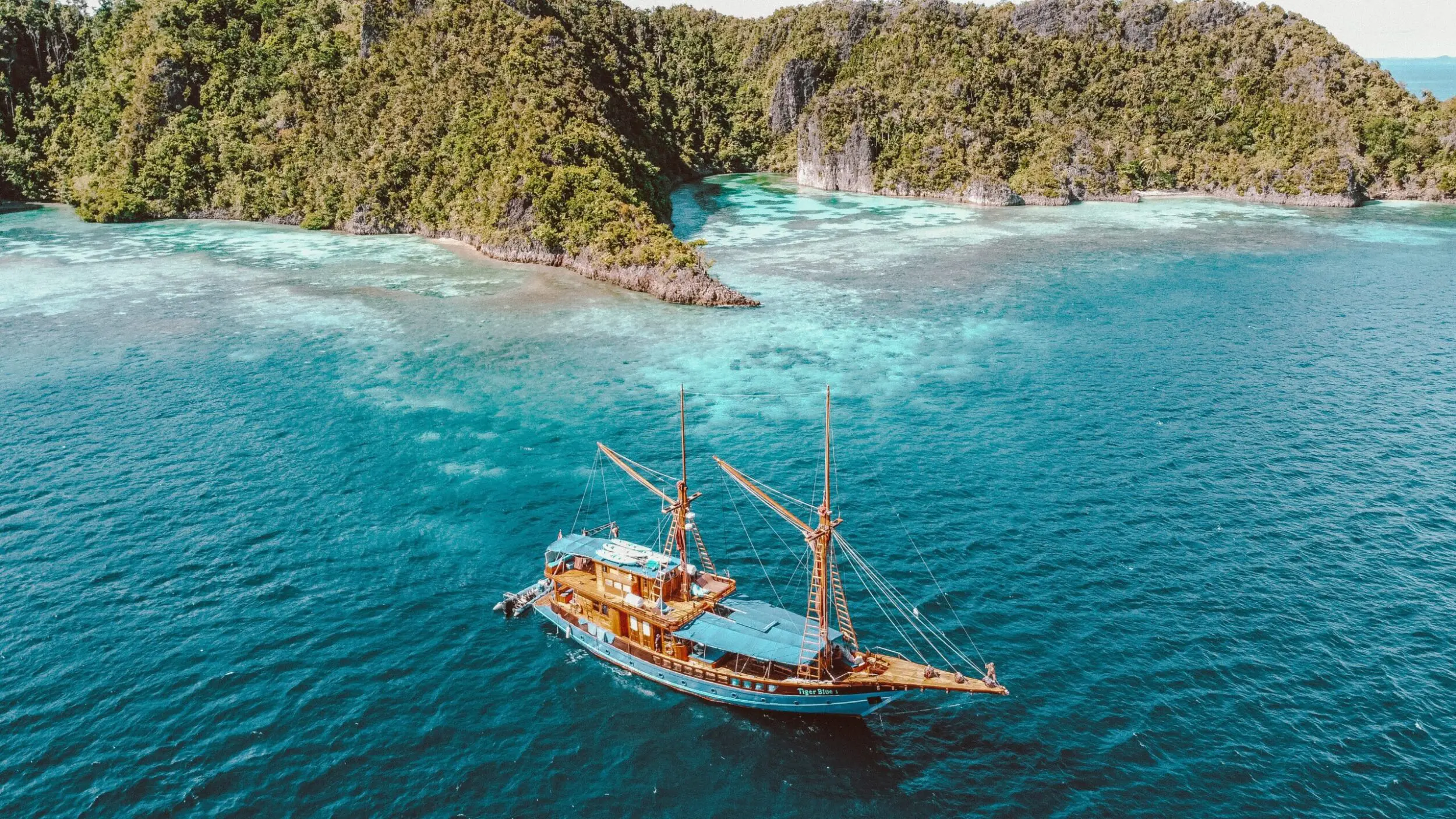

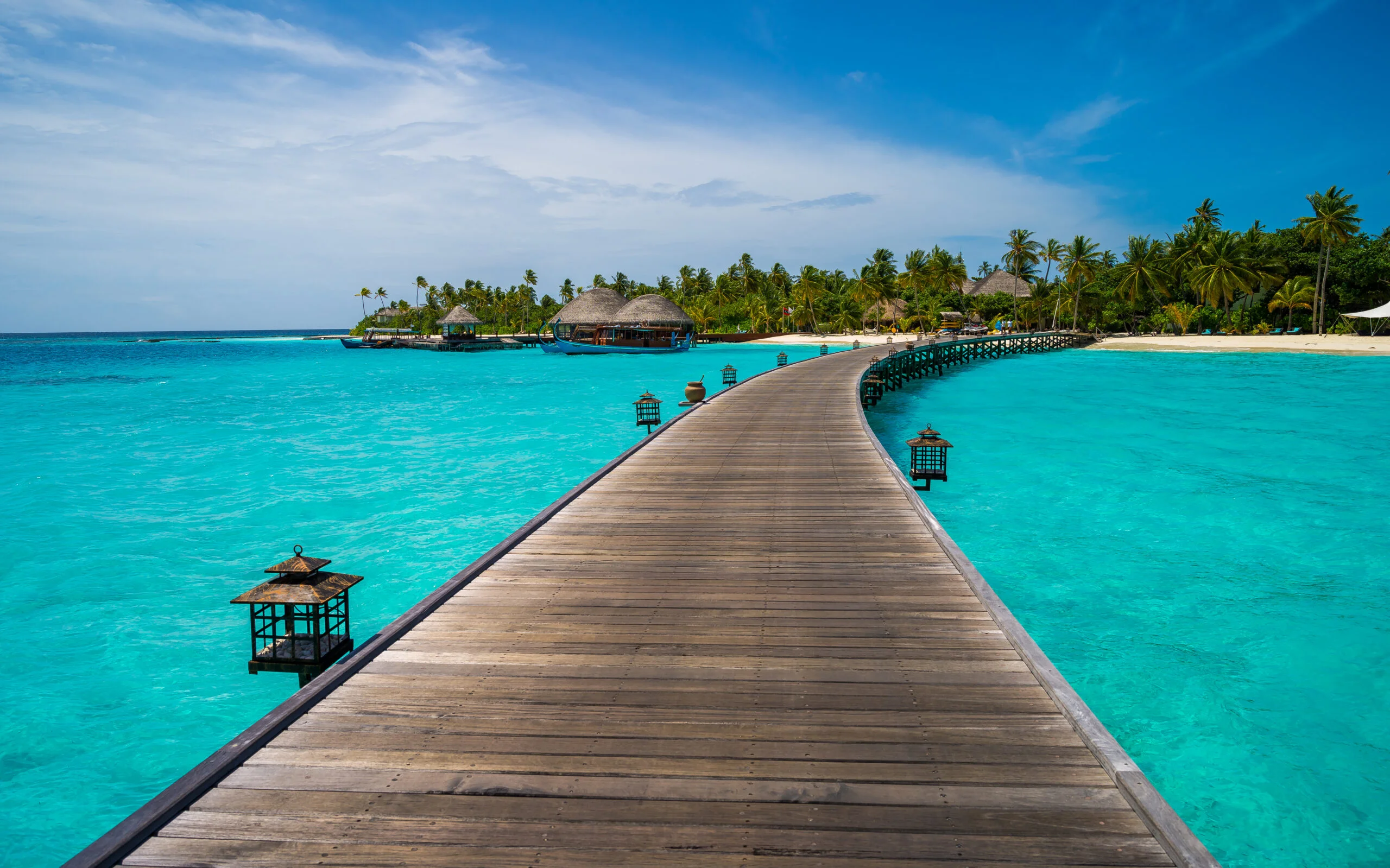


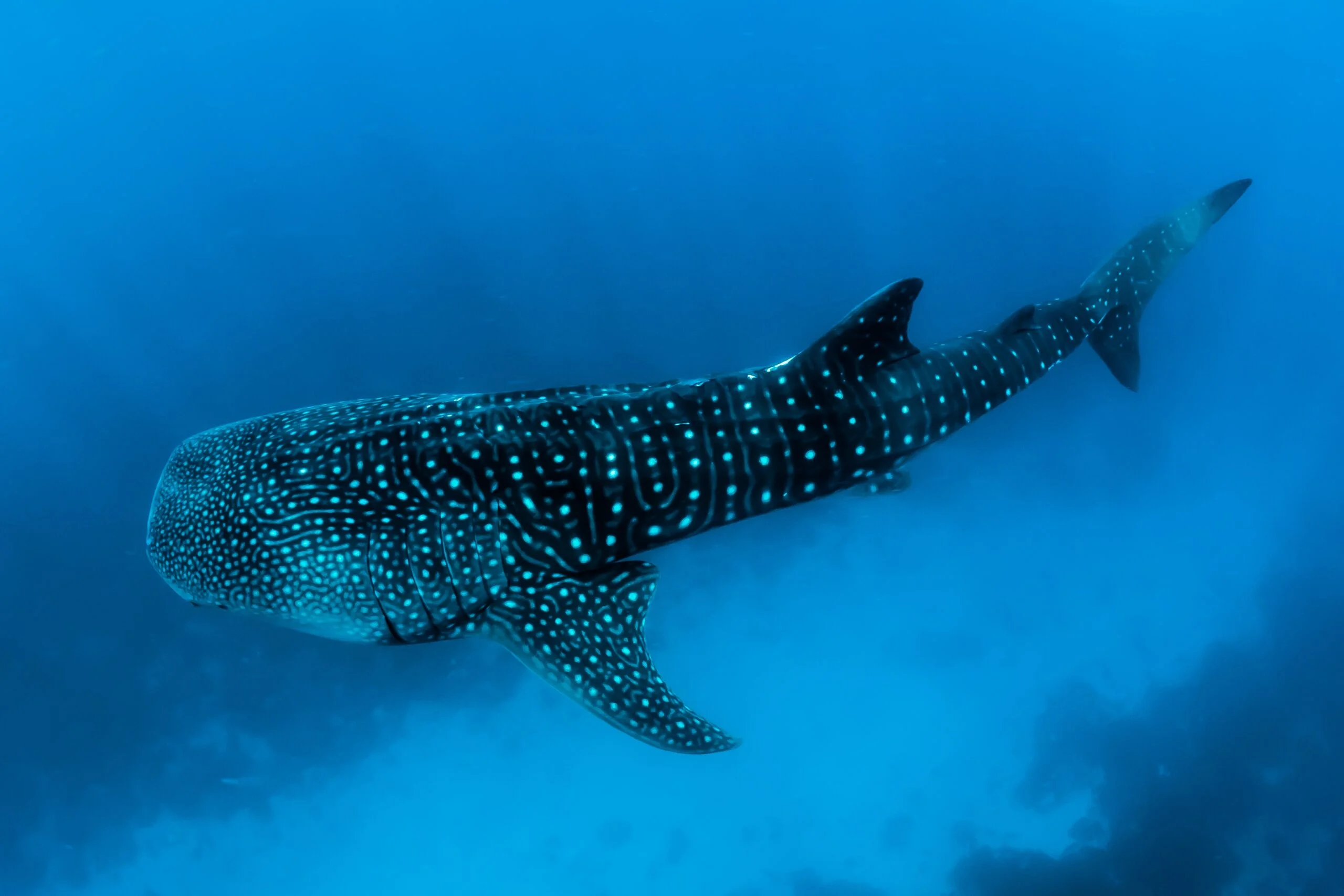

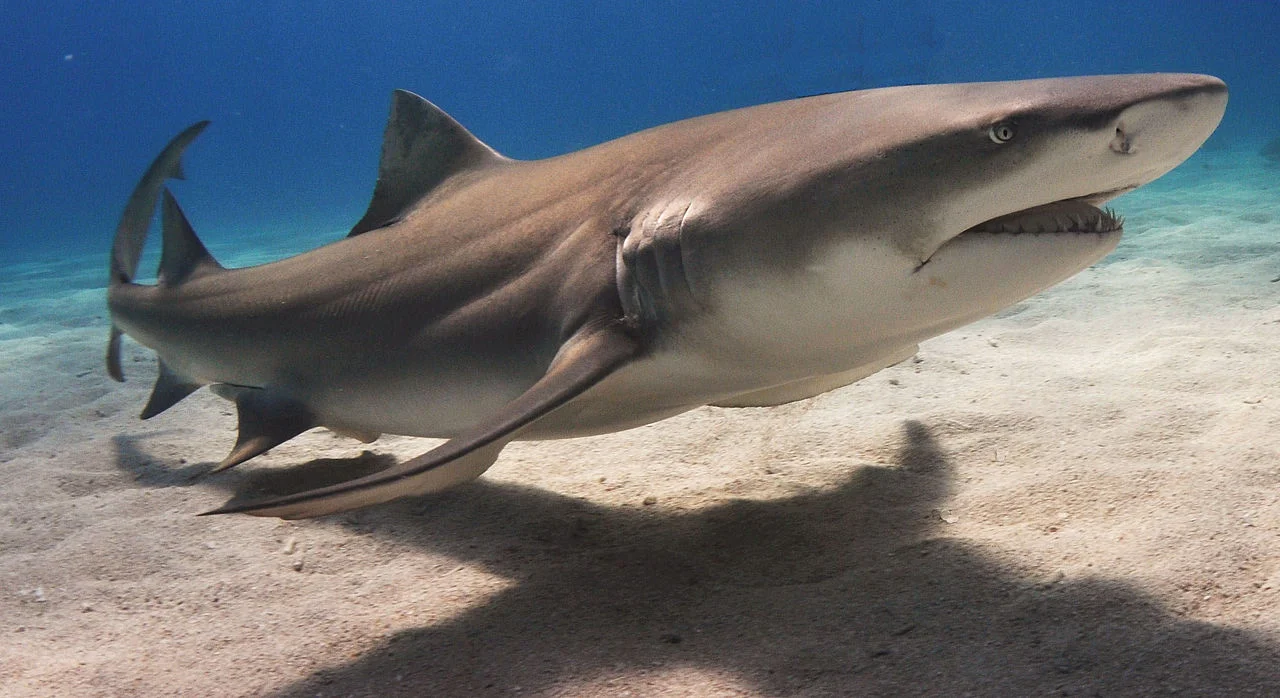
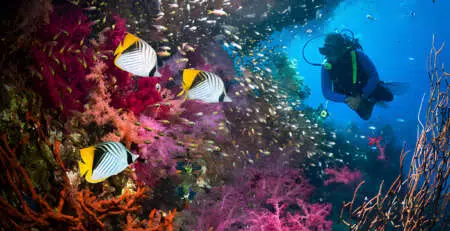
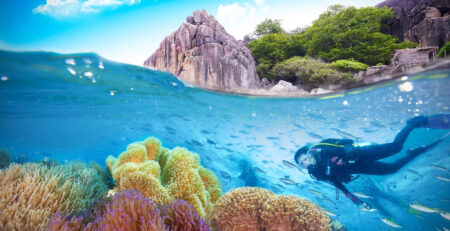

Leave a Reply